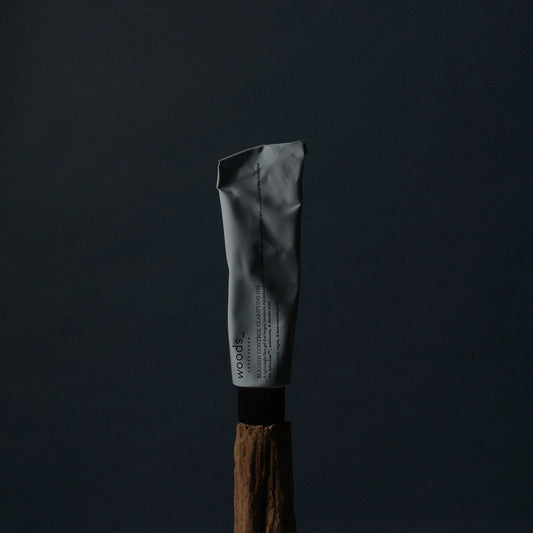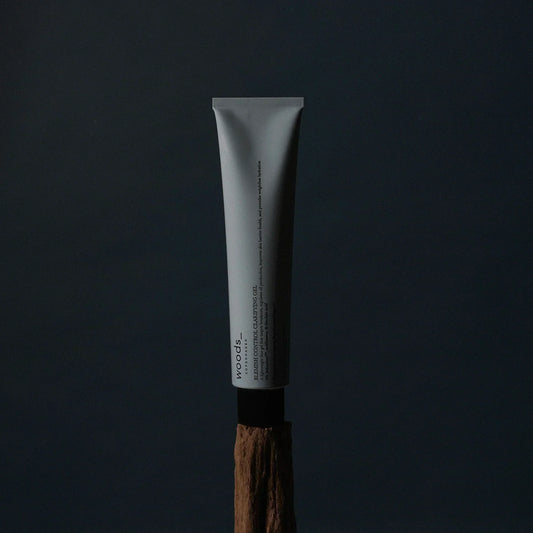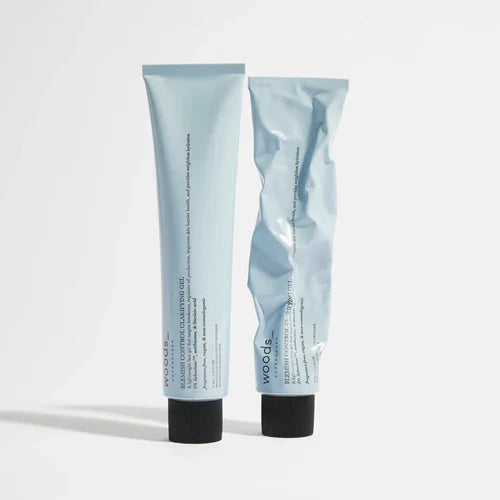#1 Myth: If I don't see the sun, my skin won't feel it either
If you find yourself peeking out the window on a cloudy day, sunscreen probably won’t be the first product you’ll be reaching for. But we promise you, your sunscreen won’t be wasted on cloudy days.
With the UV rays’ abilities to penetrate clouds, reflect in snow, and yes, also land on your skin even when it’s raining, applying a layer of sunscreen is always a good idea – no matter the weather.
#2 Myth: Water-resistant sunscreen doesn't need to be reapplied
Though we can kind of reason with this common misconception, there’re things we’d like to establish about water-resistant sunscreen.
These types of sunscreens are formulated with ingredients that cling better to the skin than regular sunscreens, even when exposed to water. This doesn’t necessarily mean that all of the product stays on or provides maximum protection (no sunscreen provides 100% protection from UV rays), but it most often ensures that your skin is more protected than with a non-water-resistance SPF when the skin is in contact with water.
This also means that it makes perfect sense to apply a water-resistant sunscreen a while before heading into the waves, but we’d always advise that you apply a new layer after swimming as well.
Bonus myth buster, just for fun: Yes, UV rays most definitely can affect you when you’re in the water.

#3 Myth: Skin cancer only happens after excessive sun exposure
… and that skin cancer is easy to detect and therefore you won’t get it without noticing. Let’s explain why this simply is not the truth.
The thing about sun exposure is that the damage can build up in the skin over time, which can progressively enhance the risk of skin cancer. Moreover, it’s not just loyal tanners that are exposed to different forms of skin cancer, as sun damage can develop over time.
Some people won’t even notice the sun burns before it’s too late – just think about standing in a queue, being at a concert, or eating lunch outside. Not to mention that some reactions can be delayed, meaning they’ll show up a while after the damage has been done.
To some, however, all it takes is one extremely unlucky sunburn. And as skin cancer can be both unreasonable and unpredictable, you should always stay alert if you notice changes in your skin.
#4 Myth: My foundation contains SPF, so I don't need sunscreen
We’re so sorry to burst your bubble if you bought cosmetics solely for this purpose. Of course, some SPF will always be better than no SPF, but there’s a very high risk that you’re not wearing nearly enough product to fully protect your skin.
As a rule of thumb, it’s recommended to use an amount equivalent to two fingers of SPF for the face for it to perform most efficiently on the skin. Meaning, even though there’s cosmetics out there containing SPF 30 or more, the amount you’ll need to apply for the same amount of protection will result in quite a heavy make-up look that won’t feel nearly as good as a nourishing layer of sunscreen.
If you’re skipping the sunscreen in the morning due to the fear of it ruining your make-up, you probably just haven’t found the right one for your skin yet. Let’s help you out with that in our blog post HOW TO CHOOSE THE RIGHT SUNSCREEN – your skin deserves it.
#5 I never get sunburns, so I don't need sunscreen
First, we have to say: Good for you on the sunburn-thing! Second: We think you might’ve misunderstood something.
There exist different types of UV rays, with some having the ability to deliver either direct or delayed damage. This also means that the reactions might not show up on the skin immediately, but they can build up in the skin to gradually worsen its condition.
As if that wasn’t enough, effects such as premature signs of aging caused by UV exposure will show up on the skin over time, most often like fine lines, wrinkles, as well as the skin losing firmness. In other words: Just because the signs aren’t visible right now, it doesn’t mean they won’t be.
Oh, and let’s debunk another widespread myth while we’re at it: Yes, darker skin tones need SPF as well, as UV-rays hit every skin tone with the same strength. Though a higher amount of melanin can make the skin less sensitive to the sun’s rays, the risk of skin damage is therefore just as much a risk for deeper skin tones.
Related Category
More posts
-
Adult acne: from cause to treatment
While many associate acne and blemishes with the turbulent teenage years, the reality is that many adults continue to grapple with breakouts well into their 20s, 30s, and beyond. But...
Read more -
Skincare for teens: a step-by-step guide
Navigating skincare as a teenager (or honestly, just as much as an adult) can feel like a maze. In this digital age, we’re constantly flooded with the newest trends and...
Read more -
Introducing: blemish control clarifying gel
Breakouts are one of the most common skin concerns, affecting people of all ages and skin types. And when it comes to treating blemishes, striking the perfect balance can be...
Read more
- Choosing a selection results in a full page refresh.
- Opens in a new window.




